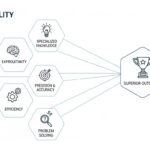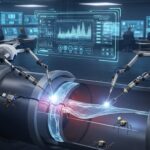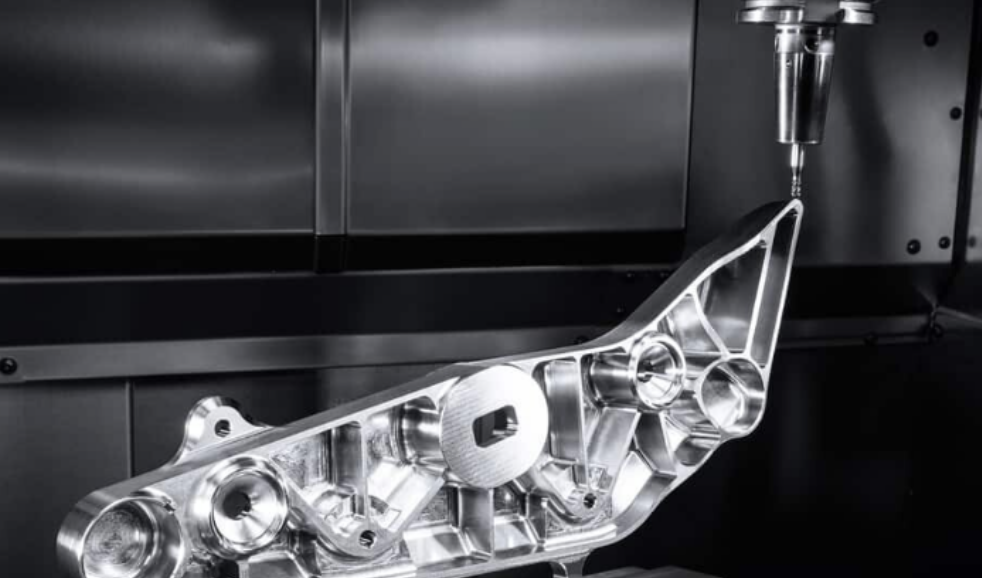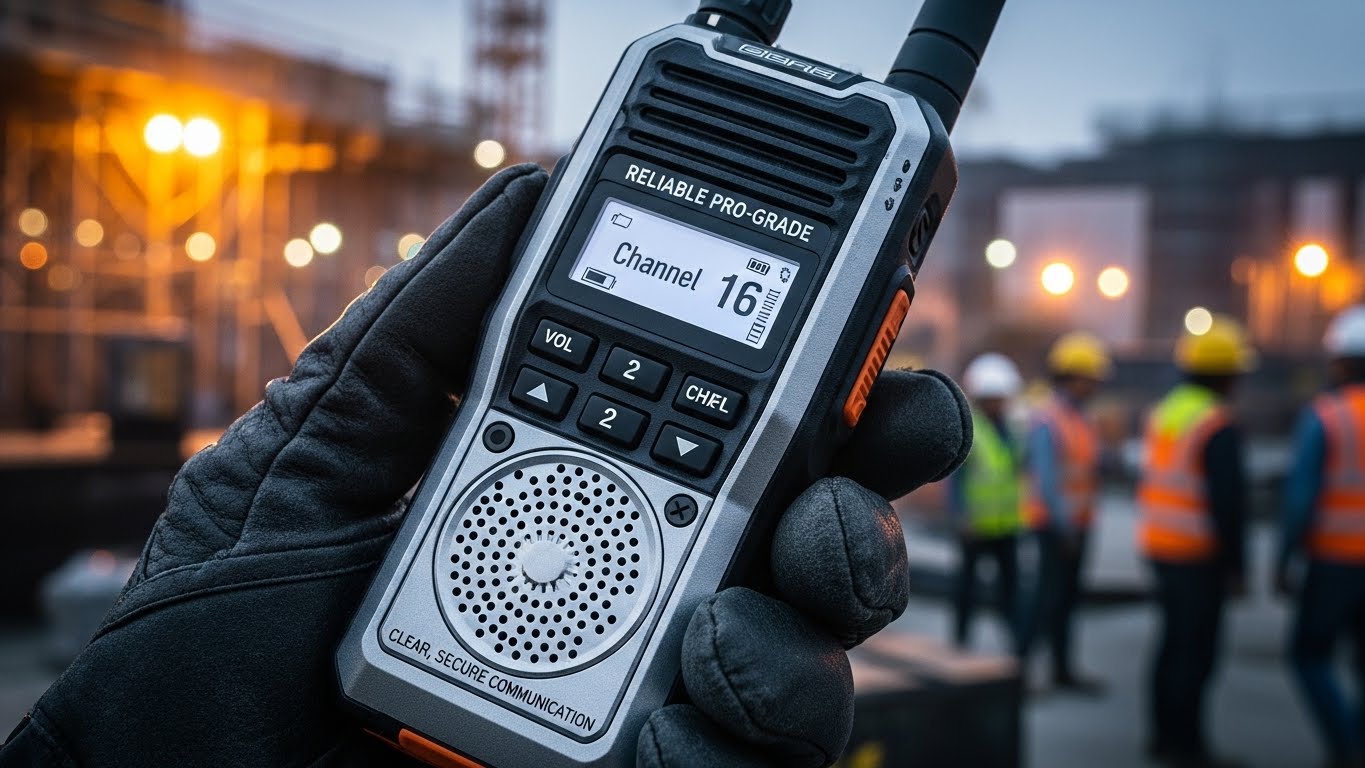In the rapidly evolving landscape of aerospace engineering, Computer Numerical Control (CNC) machining has emerged as a pivotal technology, reshaping the industry’s design, manufacture, and performance standards. This precision production technique utilizes computer-controlled machines to accurately cut, shape, and form parts with unparalleled accuracy, reliability, and versatility. This article delves into how CNC machining is transforming the aerospace sector and its implications for the future.
Complexity in Aerospace Components
Aerospace components must withstand extreme conditions, including high temperatures, intense pressures, and significant mechanical stresses. As a result, these parts require meticulous design and manufacturing processes to ensure their reliability and performance. CNC machining excels in producing parts with tight tolerances, often within microns, which is crucial for the aerospace industry.
Advanced CNC machines, including 5-axis and even 7-axis systems, allow for the creation of complex geometries that were once considered impossible or too costly to manufacture. These machines can handle intricate designs with multiple curves and angles, enabling the production of parts that fit precisely within larger assemblies. This precision reduces the need for secondary operations and minimizes material waste, both of which are critical in aerospace manufacturing.
Efficiency and Productivity Boost
The automation and programmability of CNC machining have significantly boosted productivity in aerospace manufacturing. By minimizing waste material, defects, manual work, and setup times, aerospace CNC machining offers cost-efficiency that is suitable for both large-scale and low-volume production. Moreover, the ability to create one-off custom pieces and complex geometries sets CNC machining apart from traditional manufacturing methods.
The integration of CNC machining with Computer-Aided Design (CAD) and Computer-Aided Manufacturing (CAM) software further streamlines the design-to-manufacture process. These software systems enable engineers to design parts virtually and automatically generate G-code programs for CNC machines, ensuring seamless integration from concept to final product.
Reducing Lead Times and Costs
In an industry where time-to-market is crucial, CNC machining offers significant advantages in reducing lead times. The ability to quickly switch between different projects without extensive retooling makes CNC machining an ideal choice for aerospace manufacturers. Rapid prototyping, facilitated by CNC machining, allows engineers to iterate designs quickly, testing and refining parts before committing to full-scale production.
Moreover, CNC machining reduces costs by minimizing material waste and reducing the need for manual labor. The automation of the machining process ensures consistency and reduces the likelihood of human error, leading to higher-quality components with fewer defects. This cost-effectiveness is particularly important in aerospace, where the cost of a single defective part can be astronomical.
The Role of CNC Machining in Additive Manufacturing
While additive manufacturing (AM) is gaining traction in the aerospace industry, CNC machining still plays a crucial role. Often, CNC machining is used in conjunction with additive manufacturing to finish or refine parts produced by 3D printing. For example, a 3D-printed metal part may require CNC machining to achieve the desired surface finish or to machine critical features that cannot be produced with sufficient accuracy by AM alone.
This hybrid approach combines the strengths of both technologies, offering the design freedom of additive manufacturing with the precision of CNC machining. As additive manufacturing continues to evolve, the integration of CNC machining will likely become even more prevalent, further enhancing the capabilities of aerospace manufacturing.
Future Trends in Aerospace CNC Machining
Looking ahead, the future of aerospace engineering and CNC machining is bright. Here are some key trends that are shaping the industry:
- Increased Automation and Intelligence: The integration of AI, big data, and advanced automation will continue to drive efficiency and precision in aerospace manufacturing. CNC machines will become more intelligent, capable of learning from past experiences and optimizing their operations in real-time.
- Green Manufacturing: As sustainability becomes a global priority, aerospace manufacturers will increasingly adopt green manufacturing practices. CNC machines will be designed to use eco-friendly materials, minimize waste, and reduce energy consumption.
- Modular and Standardized Components: The development of standardized robotic components and modules will enable rapid assembly and customization, meeting the diverse needs of the aerospace sector. CNC machining will play a crucial role in manufacturing these precision components.
- Advanced Material Processing: Aerospace engineers are constantly pushing the boundaries of material science. CNC machines will continue to evolve to accommodate the processing of advanced materials such as composites, ceramics, and alloys, enabling the development of lighter, stronger, and more durable aerospace components.
- Remote Monitoring and Maintenance: The Internet of Things (IoT) will enable remote monitoring and maintenance of CNC machines, reducing downtime and improving overall productivity. Engineers will be able to access real-time data on machine performance, enabling predictive maintenance and quick troubleshooting.
Conclusion
CNC machining is undeniably a cornerstone of modern aerospace engineering. Its ability to produce complex, high-precision components from advanced materials is essential for the development of next-generation aircraft and spacecraft. As the aerospace industry continues to push the boundaries of technology, CNC machining will remain at the heart of innovation, driving progress and shaping the future of flight.












